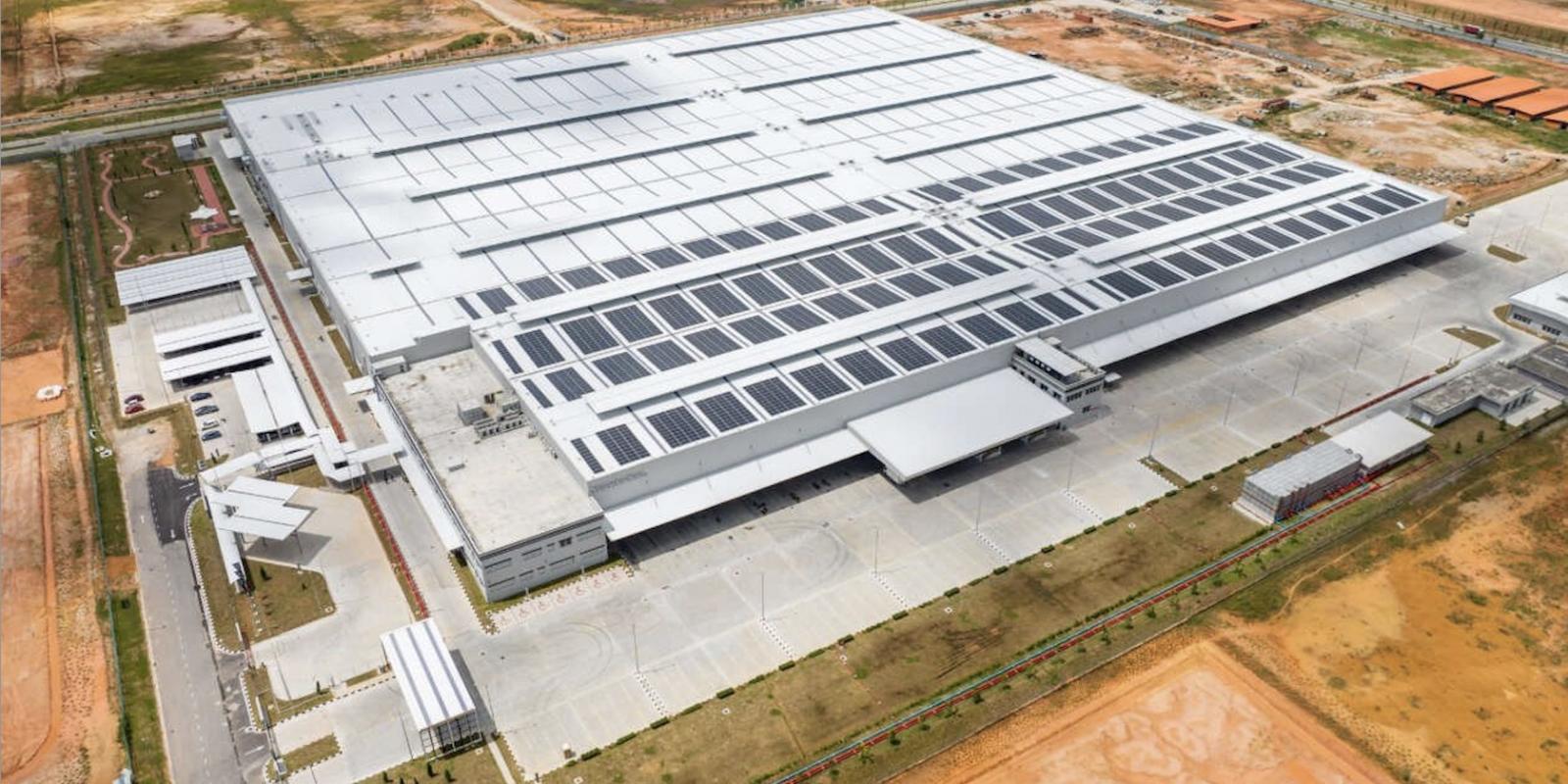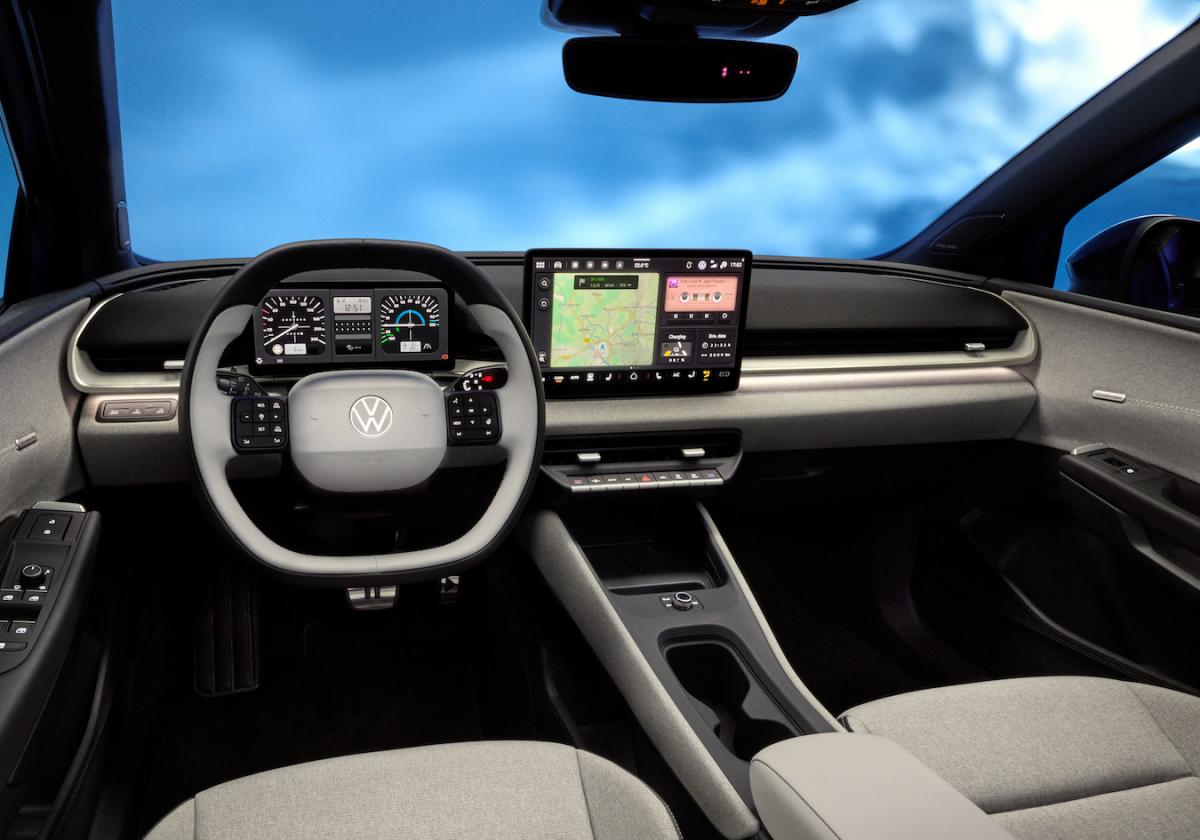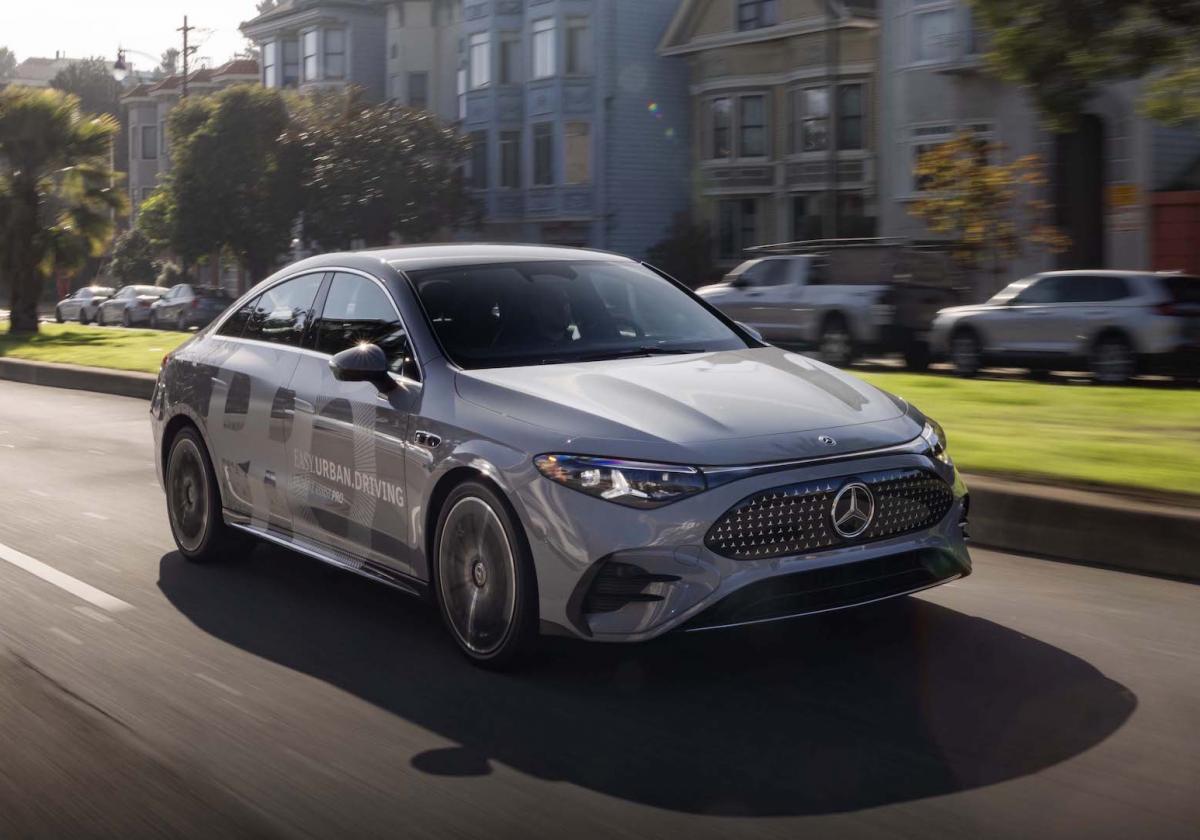Malaysia is on the map now that Mercedes-Benz has just opened a new regional logistics hub in Senai Airport City, Johor, Malaysia. The so-called Regional Logistics Centre Malaysia (RLCM), which is run by Mercedes-Benz Parts Logistics Asia Pacific Sdn. Bhd, will be crucial to improving Mercedes-Benz‘s after-sales services in 20 Asia Pacific nations including Thailand, Indonesia and the Philippines, and reaffirming the company’s goal of turning Malaysia into a regional logistics hub.
The RLCM, which occupies more than one million square feet, oversees the regional distribution of a huge range of parts, such as workshop tools, accessories, and replacement parts for Mercedes-Benz vans and passenger cars.
Modern systems, including an internal warehouse management system, sophisticated autonomous forklifts, handheld scanners, mobile workstations, and a space-optimizing Very Narrow Aisle (VNA) system, are installed in the RLCM to improve material handling, flexibility, workflow efficiency, and logistics efficiency.
To further improve its logistical skills, RLCM also intends to implement more autonomous systems in the future, such as drones, dimensional scanners, and automated storage systems. By incorporating ecologically friendly techniques, the facility hopes to become carbon neutral by 2039. These initiatives include obtaining the Green Building Index (GBI) accreditation and producing renewable energy using an on-site photovoltaic (PV) system.
The RLCM represents a major turning point in Johor’s economic development, according to Johor Chief Minister Dato’ Onn Hafiz Ghazi, who spoke at the inauguration event.
Onn Hafiz said, “Mercedes-Benz’s Regional Logistics Center Malaysia in Johor marks a significant milestone in our state’s economic development. This facility not only strengthens Johor’s role as a key logistics hub in Southeast Asia but also fosters talent development and provides valuable career opportunities for our people.”
Jan Fischer, Chief Executive Officer of Mercedes-Benz Parts Logistics Asia Pacific Sdn. Bhd, continues, “Our investment in Malaysia highlights the country’s strategic significance as a logistics hub and underscores our commitment to exceptional customer care throughout the Asia Pacific Region.” This facility is one of Mercedes-Benz’s most significant logistics initiatives in the last decade and reaffirms the brand’s commitment to sustainability.
“This facility improves operational efficiency while taking advantage of Malaysia’s highly skilled workforce in logistics and supply chain management by leveraging Johor’s strategic location and robust infrastructure,” Fisher said.
CARLIST THOUGHTS
This new hub would have to be one of Malaysia’s most significant achievements in the automotive world in the last decade if not two. As Onn Hafiz mentioned, this facility will become one of the region’s most important hubs and will be instrumental in generating revenue and jobs for Malaysia and the surrounding region.







